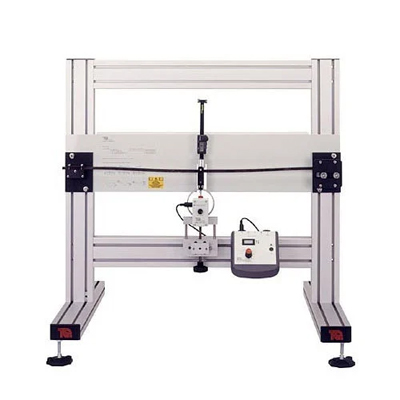Behavior of Column and Struts Apparatus in Bangladesh
The Behavior of Column and Struts Apparatus is an essential educational and research tool used in engineering institutions across Bangladesh to study the buckling characteristics and critical loads of structural members. This apparatus simulates real-life conditions under which slender columns and struts may fail due to instability, providing students and engineers with practical insight into structural behavior under axial compressive loads.
In the context of Bangladesh, a country prone to seismic activity and infrastructural stress due to rapid urbanization, understanding column behavior is critical. The apparatus is widely used in civil and structural engineering laboratories of universities such as BUET (Bangladesh University of Engineering and Technology), CUET, and RUET to help students understand the relationship between column length, end conditions (pinned, fixed, or free), and the resulting buckling load.
Key features:
High quality structures Training module for students of mechanical, civil and structural engineering.
Allows safe and practical experiments into buckling of struts.
Realistic and verifiable experiments results.
Specifications:
An experimental apparatus to allow students to investigate the deflection and stability of struts (Behavior of columns).
The experiment hardware fitted a Structures Aluminum Frame.
Behavior of Column and Struts Apparatus with Data Acquisition
The equipment includes strut storage space and five different sizes of aluminum strut.
Students compress aluminum columns (struts) using a screw mechanism.
The equipment uses chucks to hold the struts and allows different end fixing conditions.
An integral load cell connected to a Digital Force Display displays the load on the strut as it is compressed.
A magnetic deflection scale shows how much the strut buckles.
Students continue compressing the strut until reaching the critical buckling load.
They then repeat the experiment using different strut lengths or fixing conditions, analyzing their results.
The lecturer guide provides details of the equipment including sample experiment results.
The student guide describes how to use the equipment and gives experiment procedures



Reviews
There are no reviews yet.